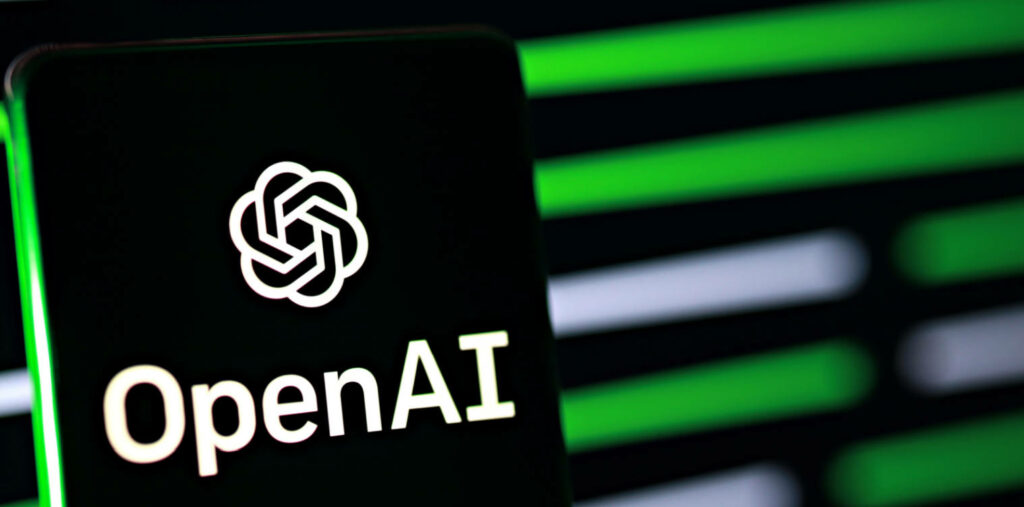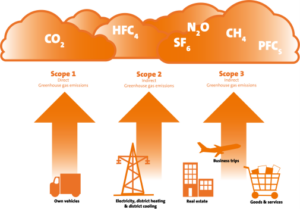Artificial intelligence (AI) has seen immense growth and advancement over the past decade. From beating human champions in complex games like chess and Go, to performing medical diagnoses and generating art, AI capabilities continue to expand at a remarkable rate.
Just in the past year alone, there have been several notable AI achievements. In June, an AI system developed by Anthropic called Claude became the first chatbot to pass a broad natural language understanding exam. Developed by AI safety researchers, the exam tested Claude’s common sense reasoning abilities through a series of increasingly difficult multiple choice questions. Claude’s passing of the exam demonstrated advanced reasoning and comprehension skills.
In July, AI image generation saw massive improvements thanks to systems like DALL-E 2 and Stable Diffusion. These AI models can now create strikingly realistic and creative images simply from text prompts. Users can vividly describe a scene or concept and the AI will generate high quality images that match the descriptions. This represents a huge leap in AI’s artistic capabilities.
AI also continues to excel in specialized domains. DeepMind’s AlphaFold AI system has transformed protein folding predictions, a crucial area for disease research. And AI programs are now beating radiologists at detecting cancer from medical scans. These narrow AI applications are steadily marching towards exceeding human-level performance.
As AI capabilities grow, so does the need to ensure these systems are safe, unbiased, and beneficial to society. Researchers are developing new techniques like AI alignment and machine ethics to address these concerns. Oversight from governments is also ramping up, as seen in the EU’s new regulations for high-risk AI systems.
The rapid advances show no signs of slowing down. With increased computing power and troves of data to train on, AI systems are likely to become even more capable and widespread in the coming years. This new technological revolution brings promising opportunities as well as risks. Ensuring AI’s safe development and steering it towards empowering humans should remain the top priorities as these intelligent systems continue advancing.






-300x183.jpg)